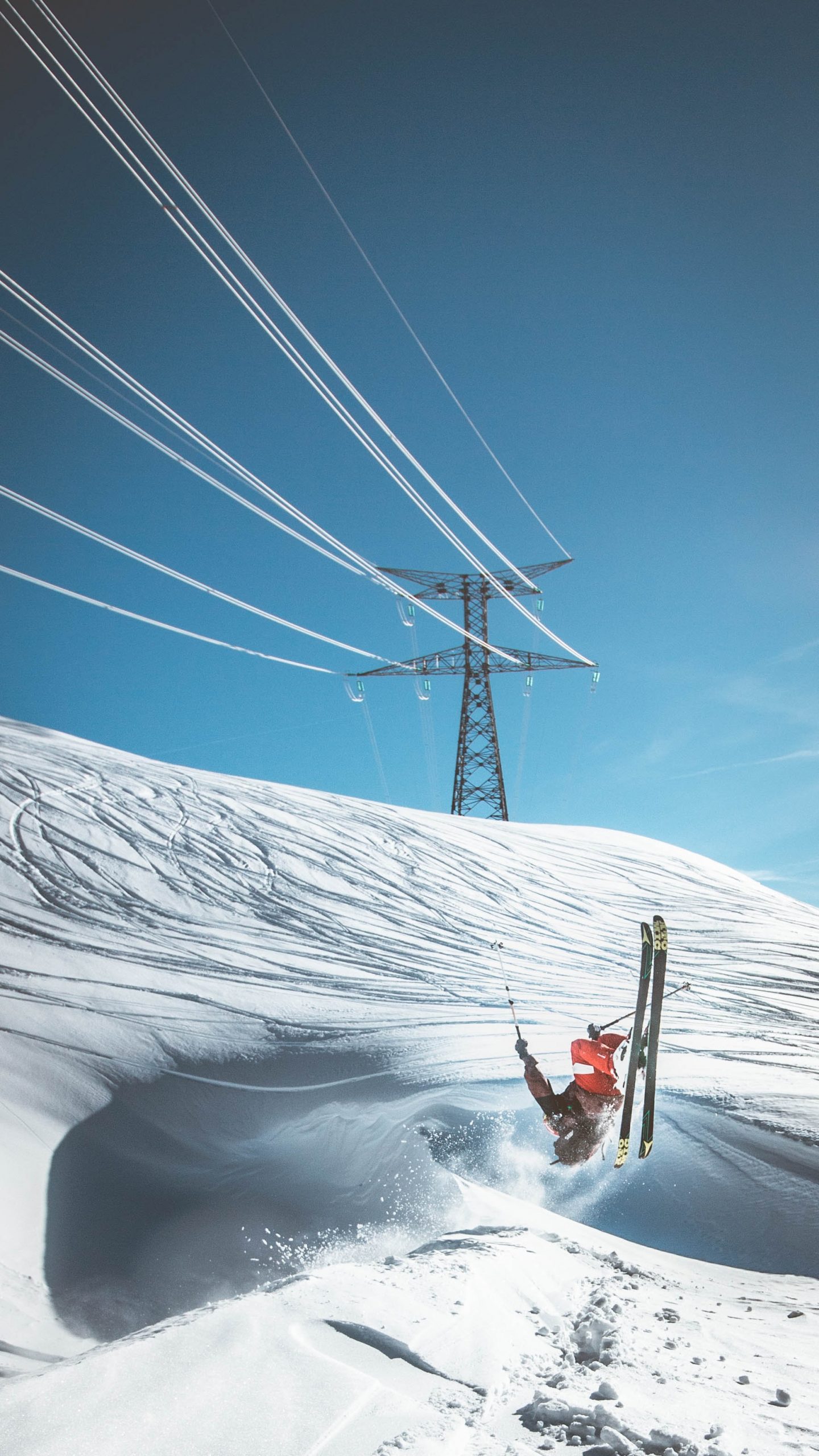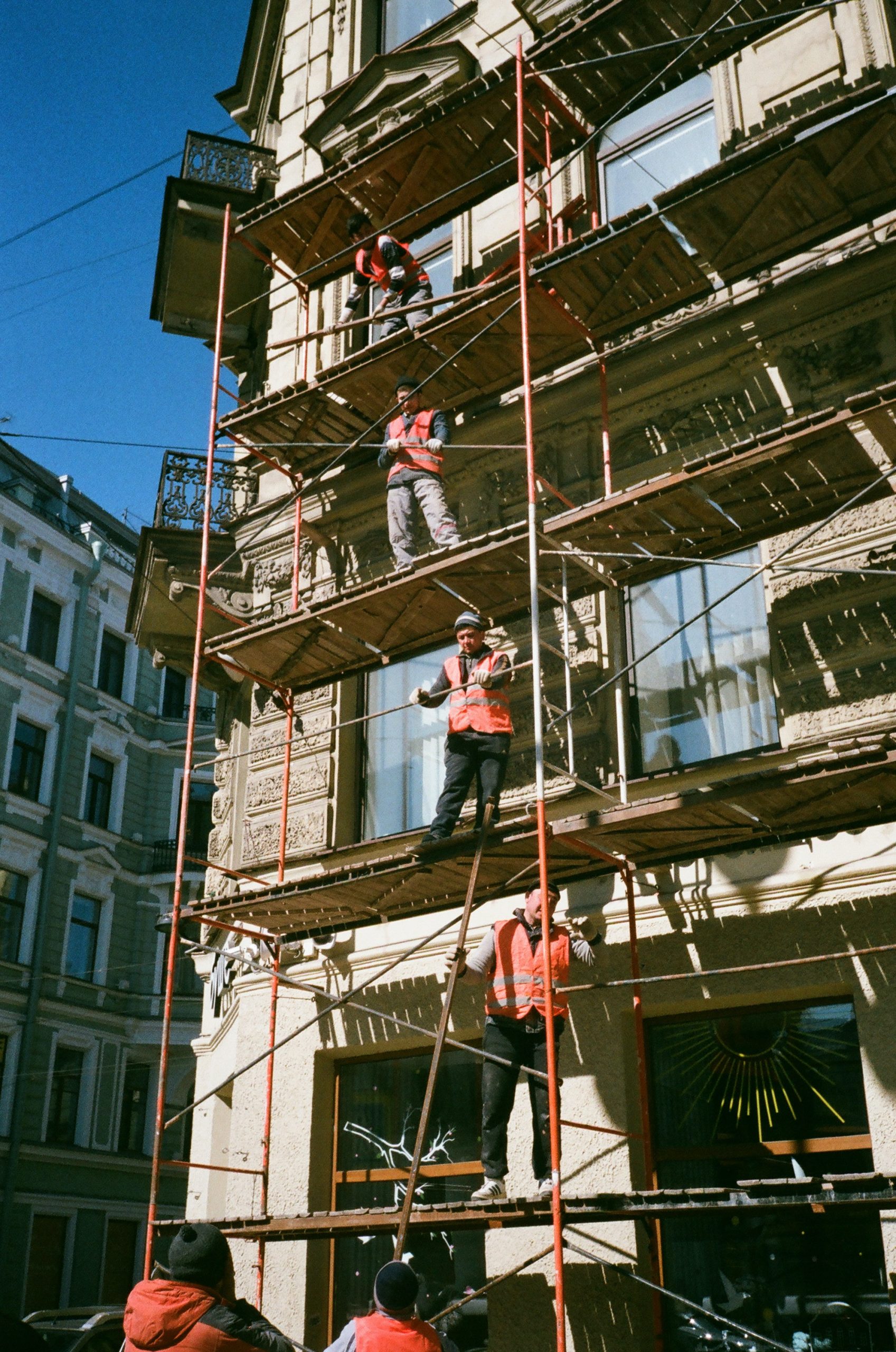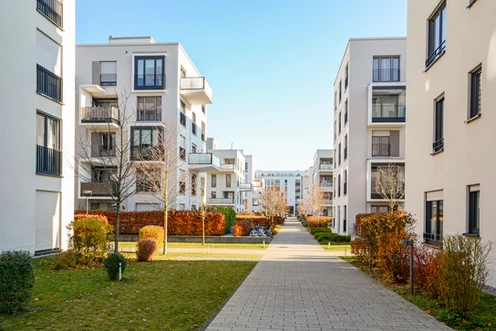- Another winter storm hit Texas and showed us how vulnerable our overhead power lines are to severe weather.
- Burying electrical lines is expensive, but the benefits it provides may outweigh the extra cost.
- Developers, therefore, should bury electrical lines in new developments.
For the third year in a row, we unfortunately have had a major winter storm here in Texas that has caused havoc to our power systems. I am writing this on Friday morning and there are still many of my fellow Austonians who are without power. Unlike past years, this time the power outages appear to mostly be caused by the severe ice storm damaging trees which fell into power lines.
The immediate reaction to that, of course, is to wonder why our power lines are not buried. It’s a concept that has been around in some form since Thomas Edison’s days. Yet I look outside my window and all I see are overhead power lines. So should we bury our power lines? Is it even possible? What about new developments? I am not an expert in this and not a civil engineer. But that’s never stopped me from opining before. So let’s do it.
The Benefits and Challenges of Undergrounding
As I wrote above, burying electricity lines, or undergrounding, has been around a long time. Obviously the technique has changed through time, but the concept remains the same.
The benefits of undergrounding are pretty clear.
- Aesthetics – It is generally seen as an improvement over overhead power lines that clutter sight lines.
- Durability – By placing the lines underground, they are far less susceptible to storm and weather outages – as we well know in Texas.
Given these great benefits, why aren’t all power lines buried? The cost, of course.
The cost of burying electricity lines is significantly higher than installing above-ground systems. The cost of burying a single mile of line can be up to ten times the cost of installing an above-ground line. That’s because undergrounding requires excavation, trenching, building the concrete to hold the wires, and installing the cable. It can also be more time consuming. So a result, the cost is likely significantly higher than overhead lines.
Undergrounding can also be a difficult and time-consuming task. The excavation process involves digging a trench, which is a difficult and slow process, especially in populated areas. The process must also be carried out with caution, as there may be existing underground utilities such as gas, water and sewage lines that must be avoided. The installation of cables also requires a significant amount of time and effort. The cable must be installed in a way that ensures its protection and prevents any damage that may occur during the excavation process.
And then once you have the cables buried, maintenance becomes an issue. Its obviously much easier to identify and repair an overhead power line than one that is under the ground.
New Developments Should Bury the Cable
Despite these difficulties and expenses, it is much easier to bury electrical lines when it is planned from the beginning. As a result, new Austin developments likely should bury their electricity lines. As I wrote above, they are much more reliable in uncertain weather. And now, for the third winter in a row, we have had a significant storm. Storms and nasty weather seem to be coming at a faster pace. Having those power lines buried is a significant benefit to new developments.
In addition, burying electricity lines can also have a positive impact on property values. Above-ground electrical power distribution lines can be unsightly, and they can detract from the beauty of a development. Burying the lines underground eliminates this problem. Aesthetic appeal is important, especially in new developments, as it can help to attract buyers and increase property values.
Finally, burying electricity lines can also improve power reliability. Above-ground lines are vulnerable to damage from natural disasters, theft, and other causes, which can result in power outages. Buried lines are less vulnerable to these problems, and they can provide a more reliable source of power. This is important, especially in new developments, as it can help to attract buyers and increase property values.
We obviously have a lot of overhead lines here in Texas. It would be extremely expensive to change those to underground lines. As we move forward, therefore, those will cause us to be vulnerable to extreme weather. But we are also seeing a tremendous amount of new development. And as those developments continue, it only makes sense to dig deep and bury those lines.



